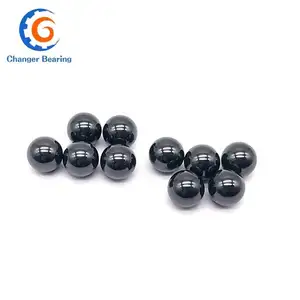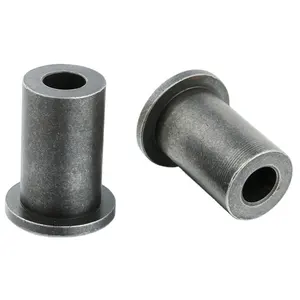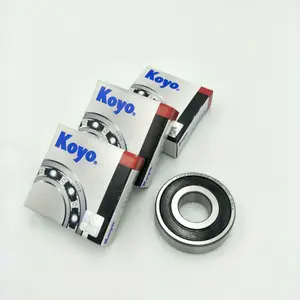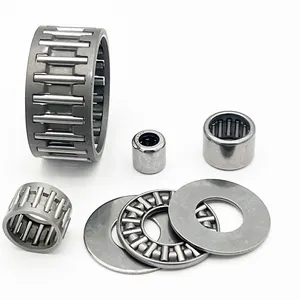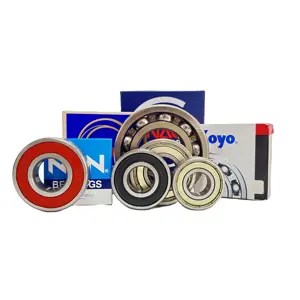Popular in your industry

































































Related Searches:





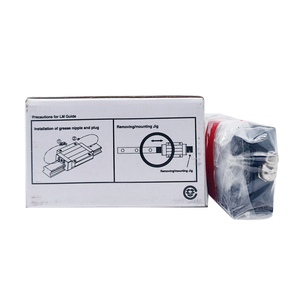




































































Top categories
About japanese linear bearing
Exploring the Versatility of Japanese Linear Bearings
Linear bearings are essential components in the realm of mechanical motion, providing smooth and precise linear movement in various applications. Among these, Japanese linear bearings stand out for their precision engineering and reliability. This category encompasses a broad range of products designed to facilitate linear motion in machinery and equipment.
Types and Applications of Linear Bearings
The application of linear motion bearings spans across numerous industries, from manufacturing to robotics. They are integral in the assembly of linear motion systems which require high accuracy, such as 3D printers, CNC machines, and automated assembly lines. The two primary types of linear bearings – roller bearing slides and ball bearing slides – cater to different load capacities and precision levels. Roller bearing slides are optimal for heavier loads, while ball bearing slides are suited for lighter loads requiring high precision.
Features and Materials
Linear ball bearings and roller bearings are designed with robustness in mind, constructed from durable materials like steel and engineered plastics. The choice of material often depends on the application's requirements, such as load capacity, speed, and environmental conditions. The bearings consist of an outer ring and rows of balls or rollers secured by cages, ensuring stability and smoothness in operation.
Advantages of Precision Bearings
The advantages of using precision linear bearings are manifold. They provide a high degree of movement accuracy, essential for applications where precision is paramount. Additionally, their design minimizes friction, which not only enhances performance but also extends the lifespan of both the bearings and the machinery they are part of.
Selection Considerations
When selecting a linear bearing rail, it is crucial to consider the specific requirements of the application, such as the type of movement, load, and environmental factors. For instance, a square linear bearing might be the preferred choice for applications requiring high moment load capacities. It is also important to consider the compatibility of the bearing with the corresponding linear shaft or guide to ensure optimal performance.
Conclusion
In conclusion, Japanese linear bearings are a pivotal component in the facilitation of linear motion across a multitude of industrial applications. Their design, material composition, and the variety of types available make them a versatile choice for precision motion requirements. While selecting the appropriate bearing, it is essential to analyze the application's demands to ensure seamless integration and operation.
